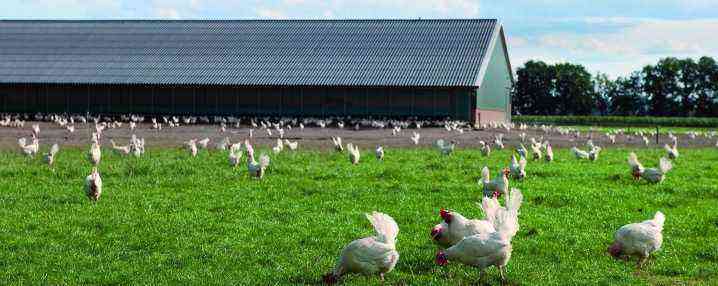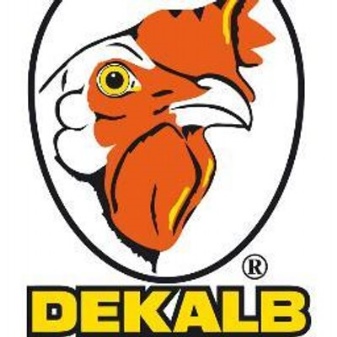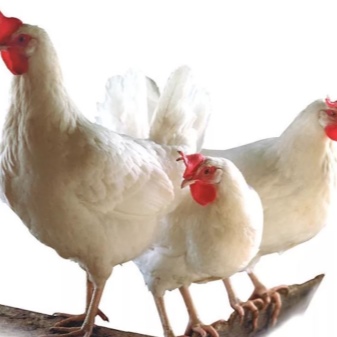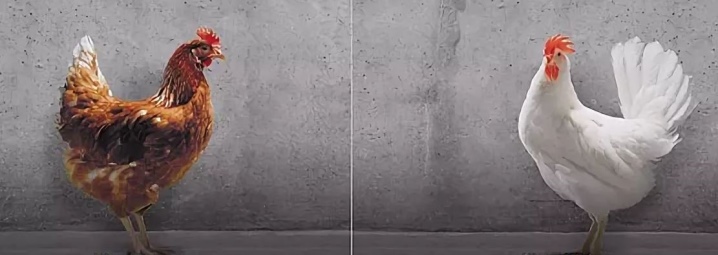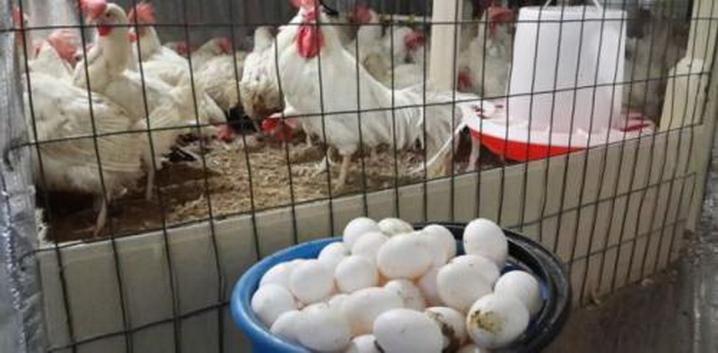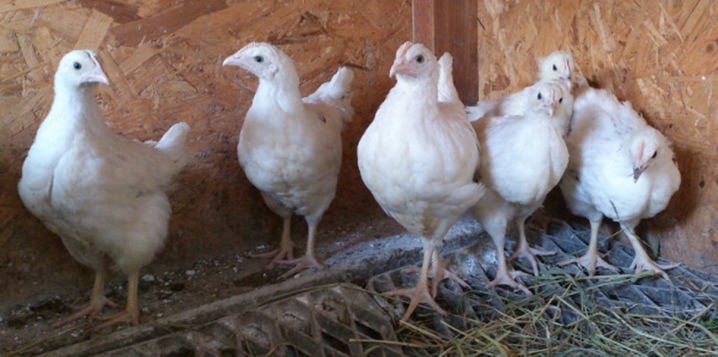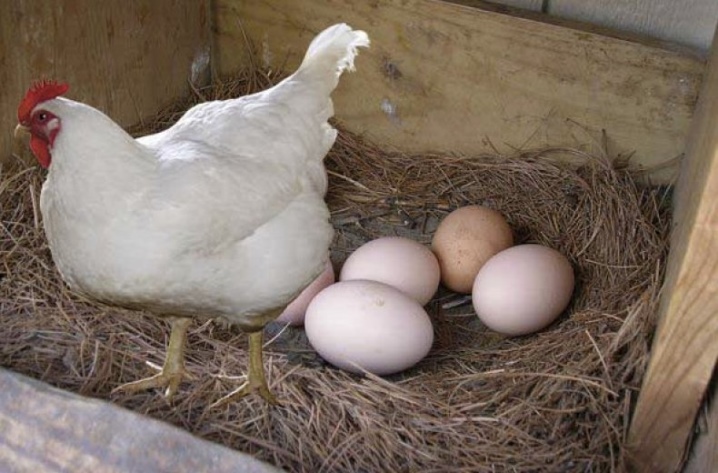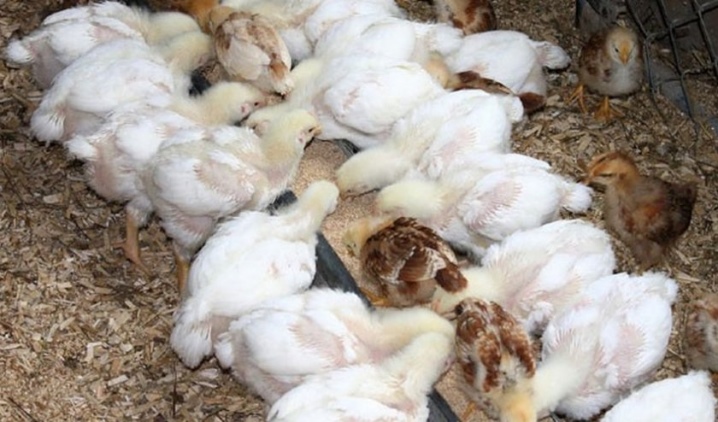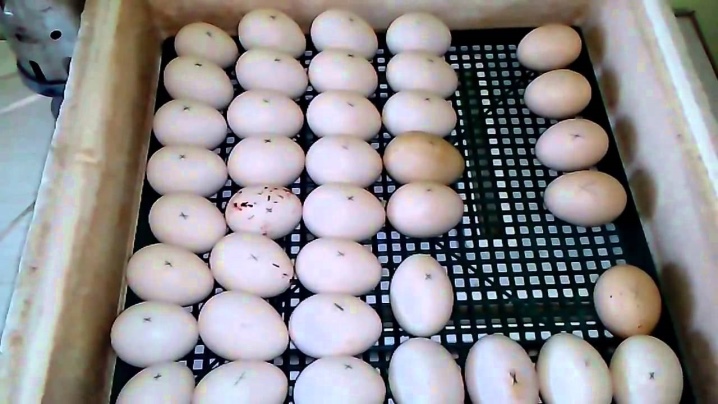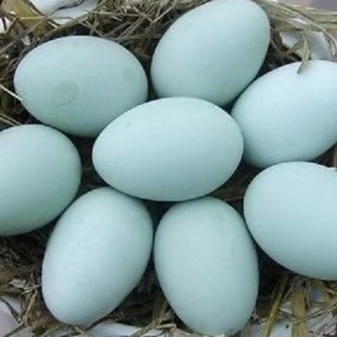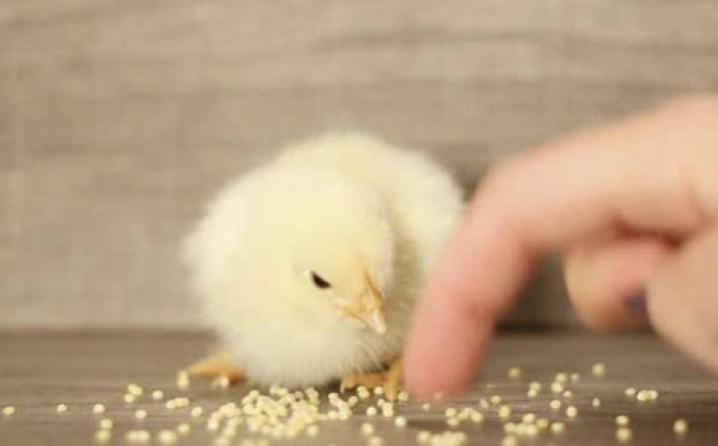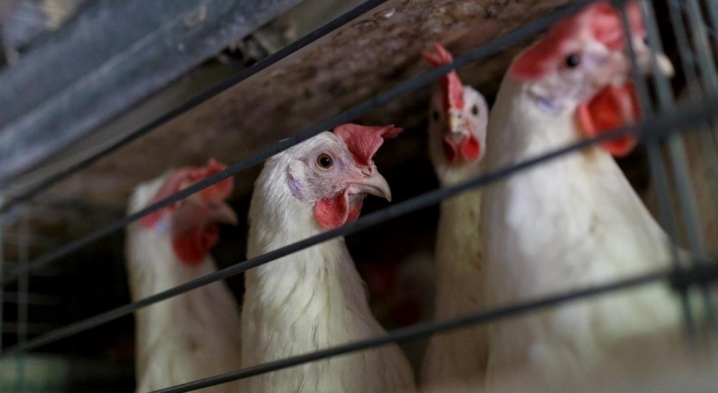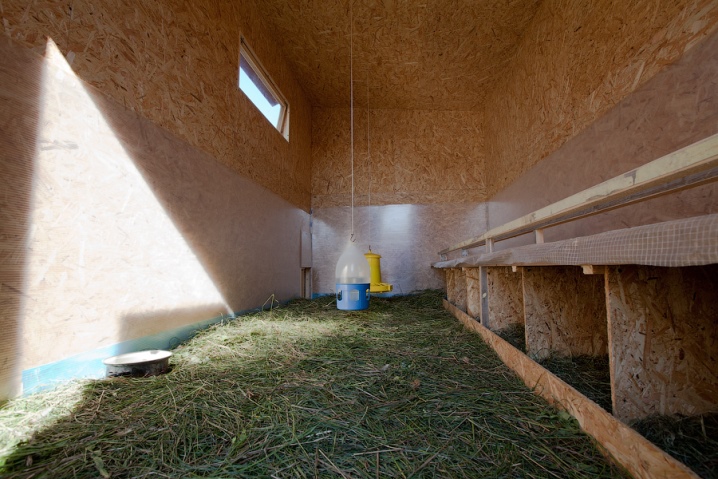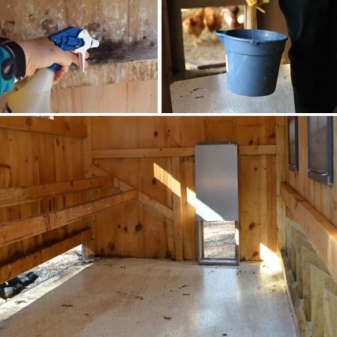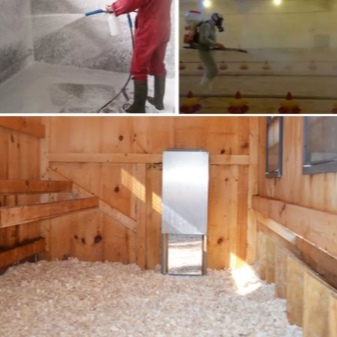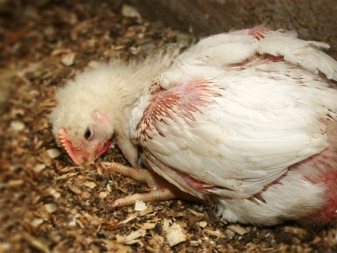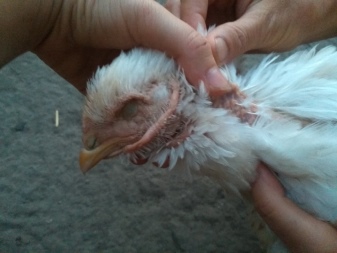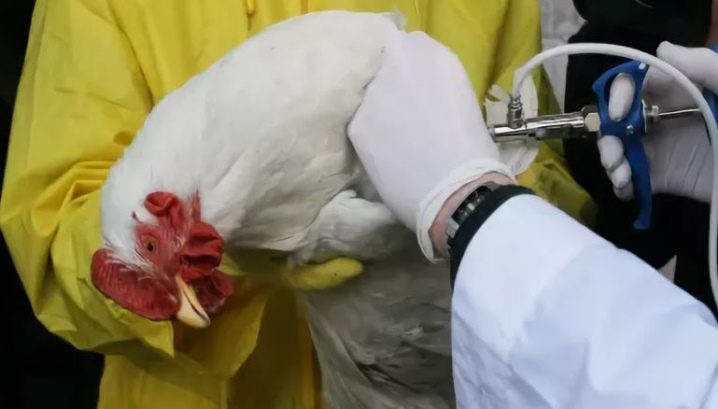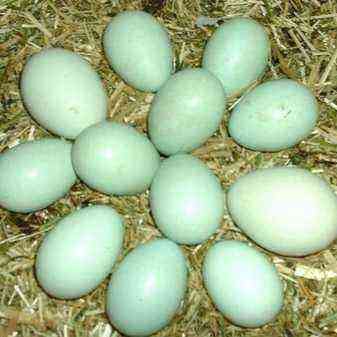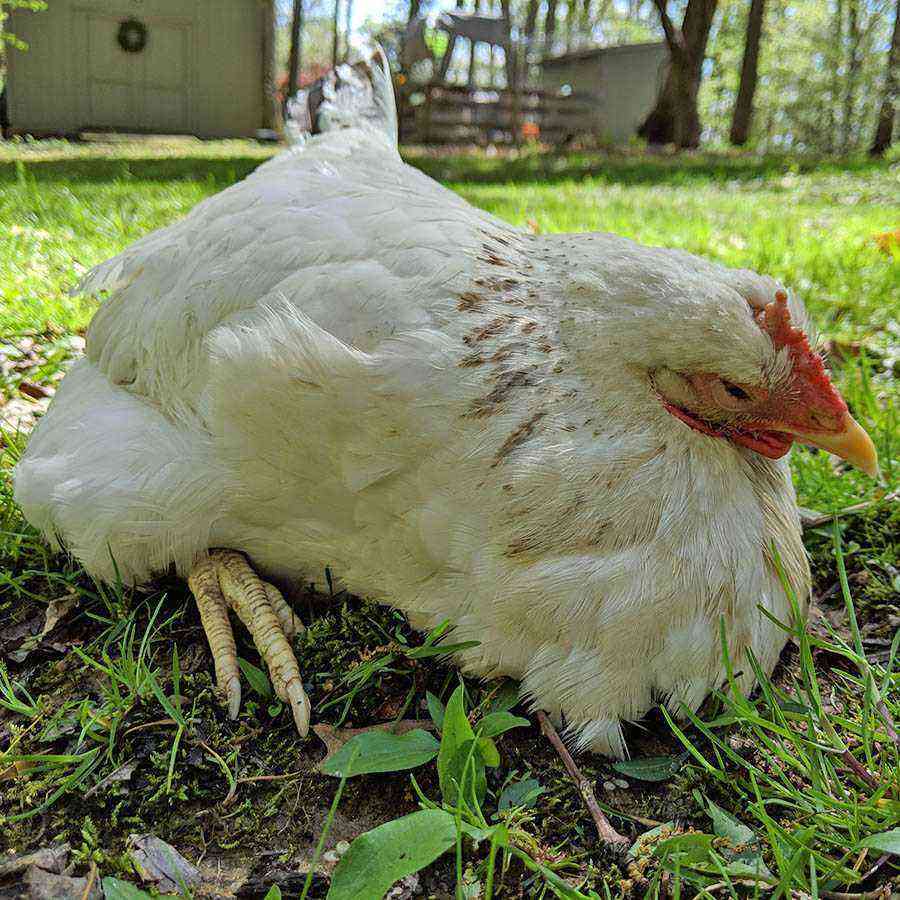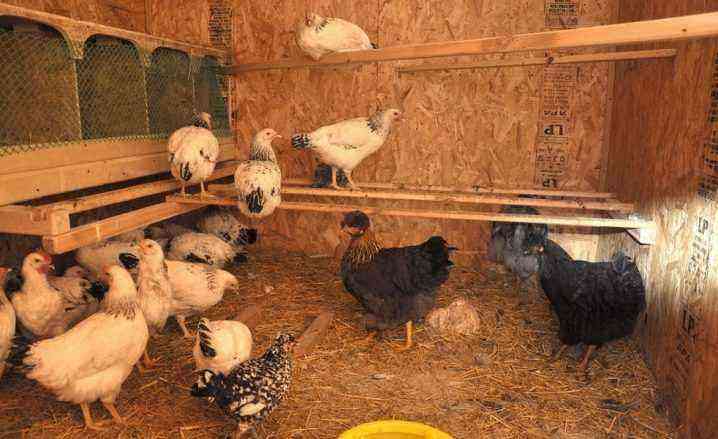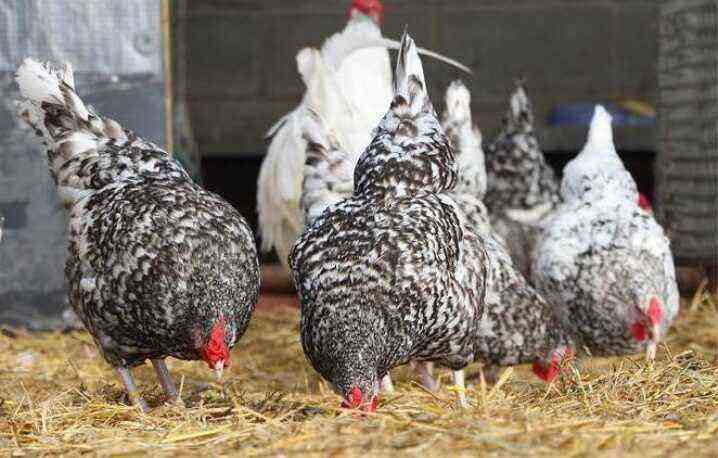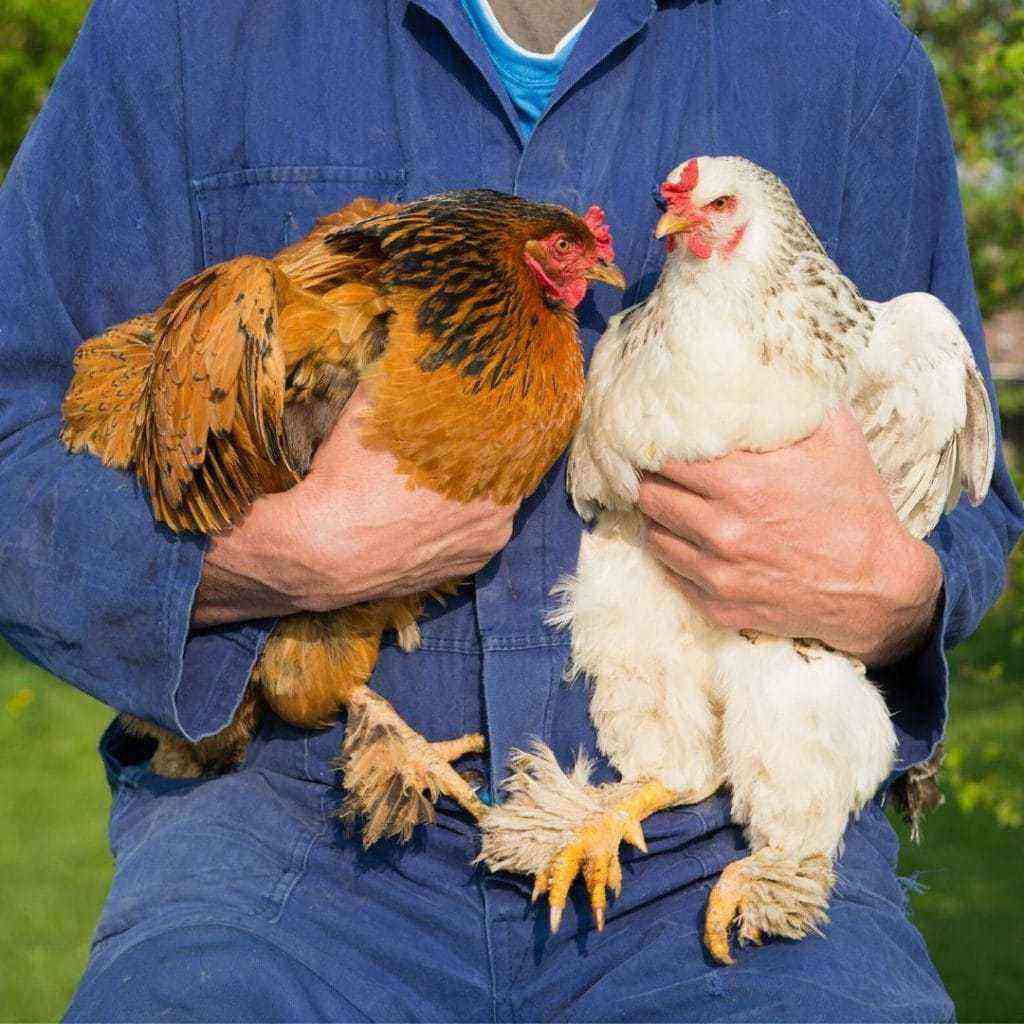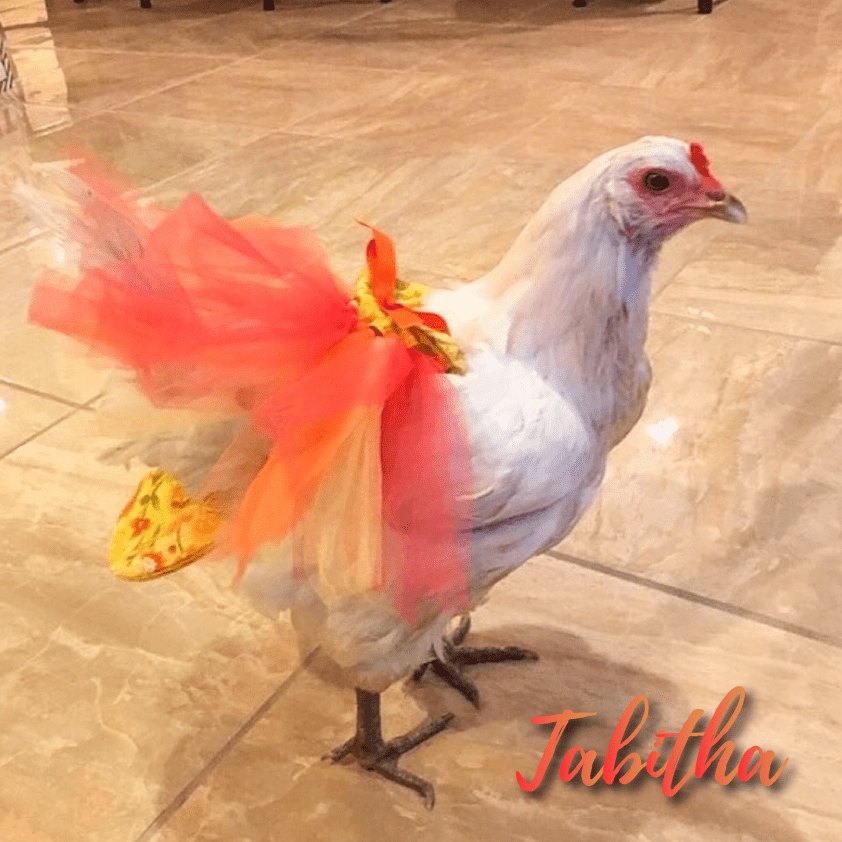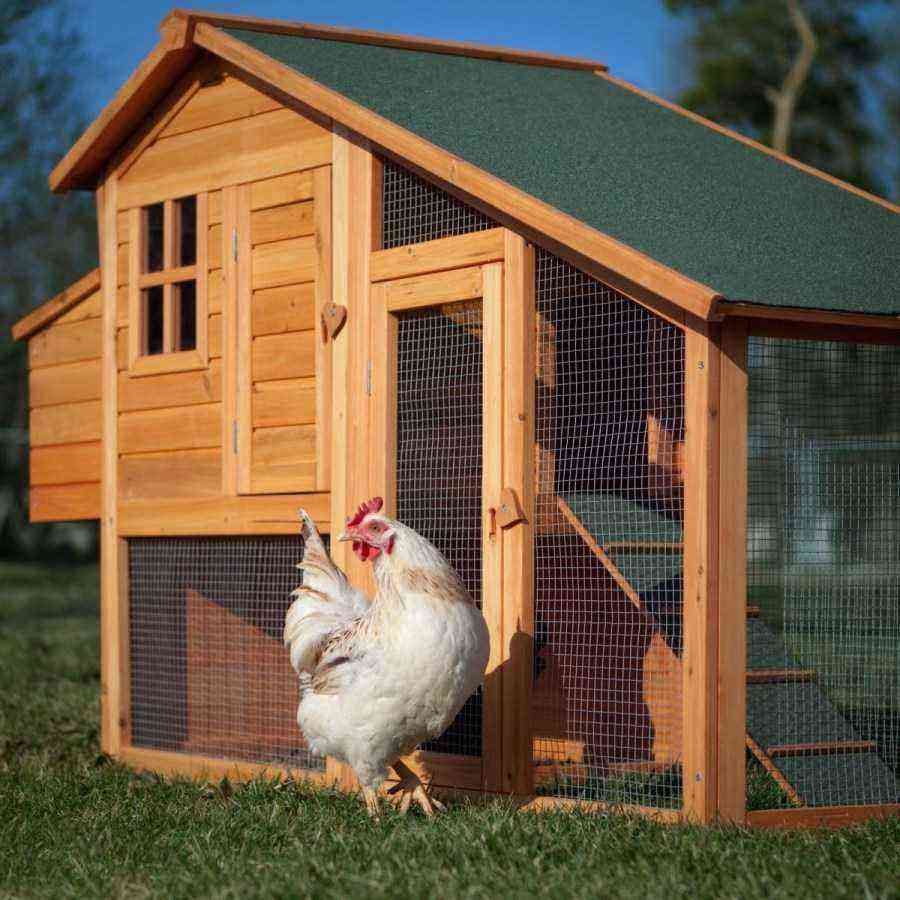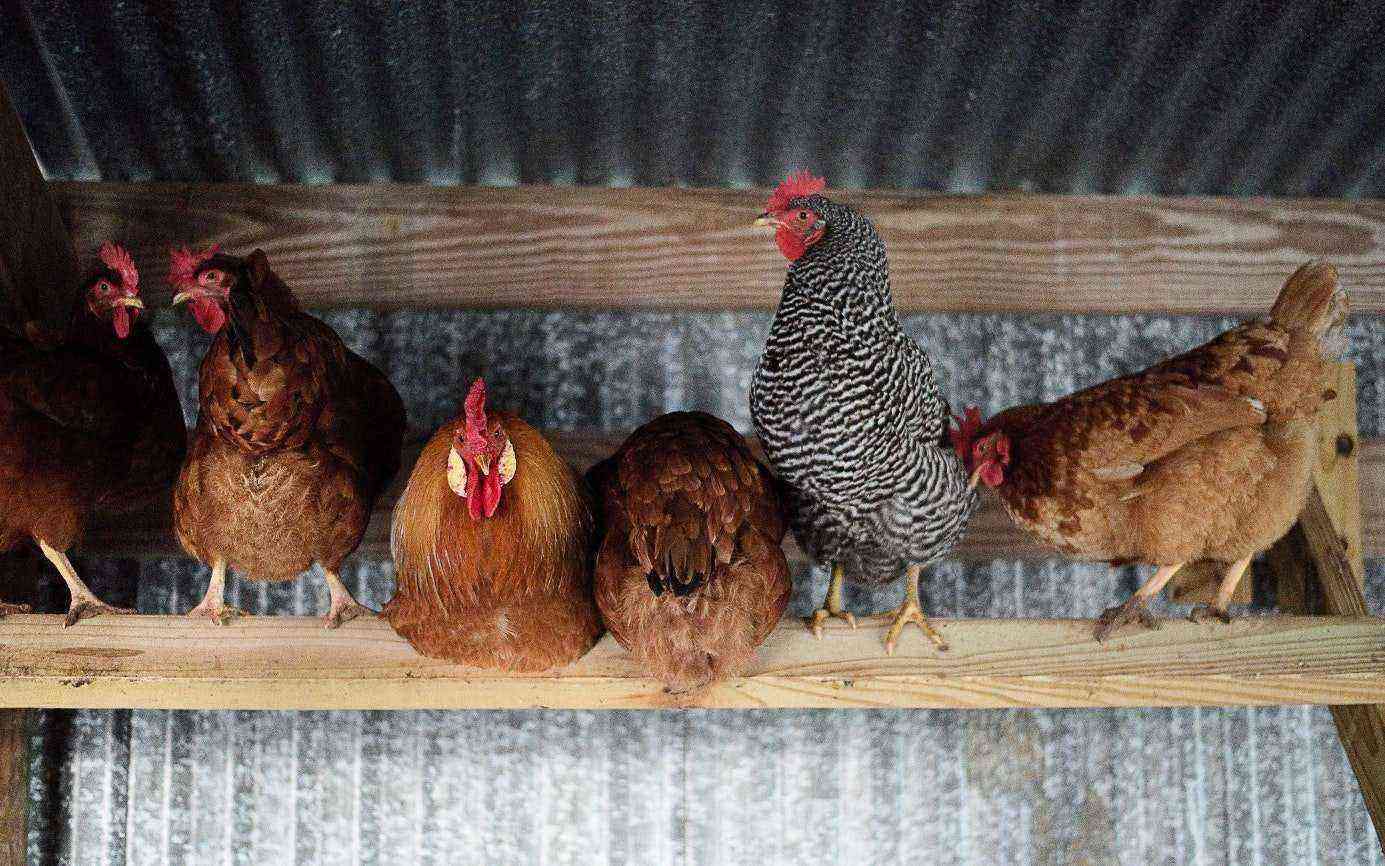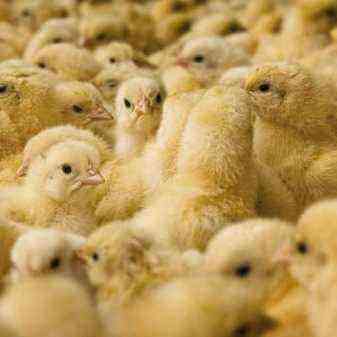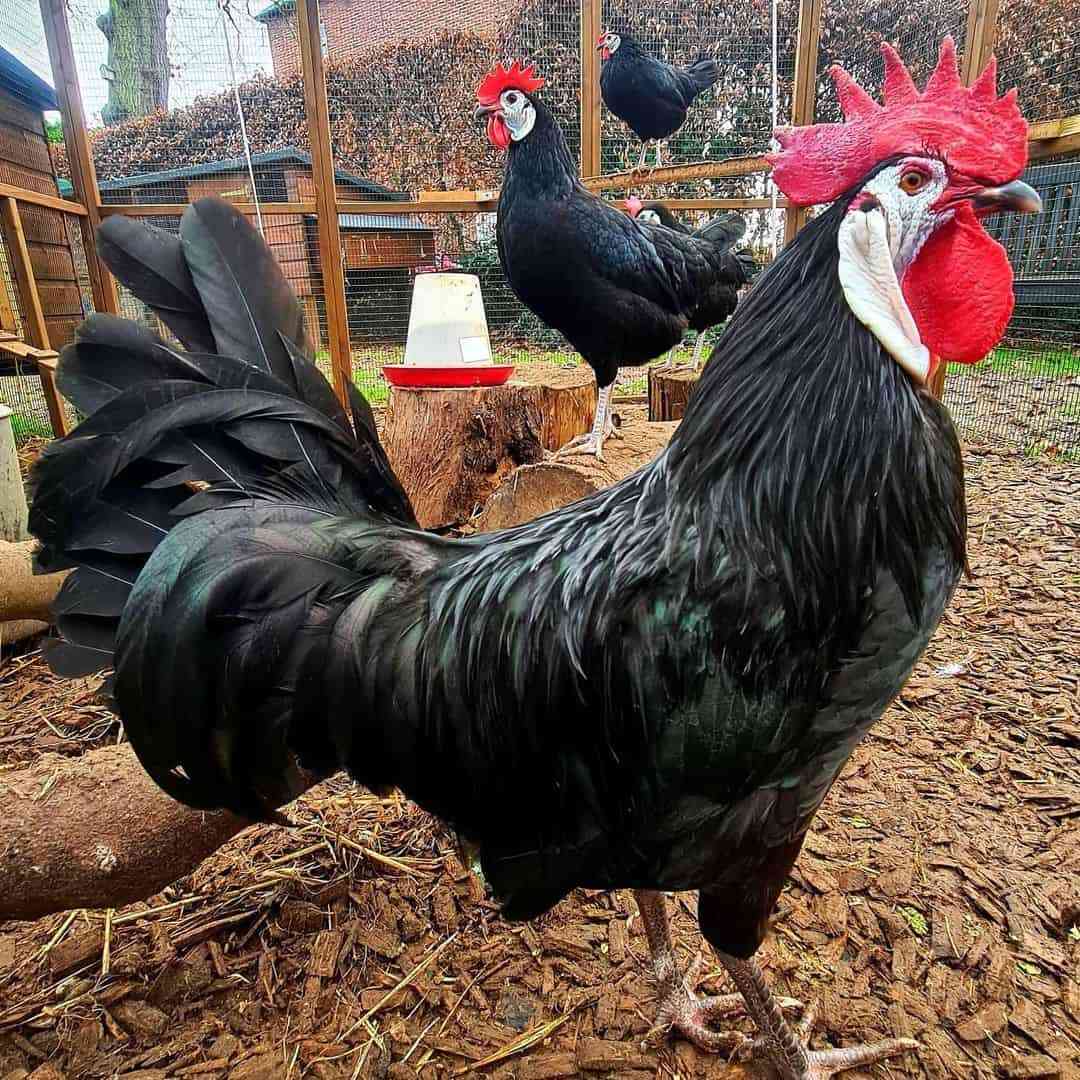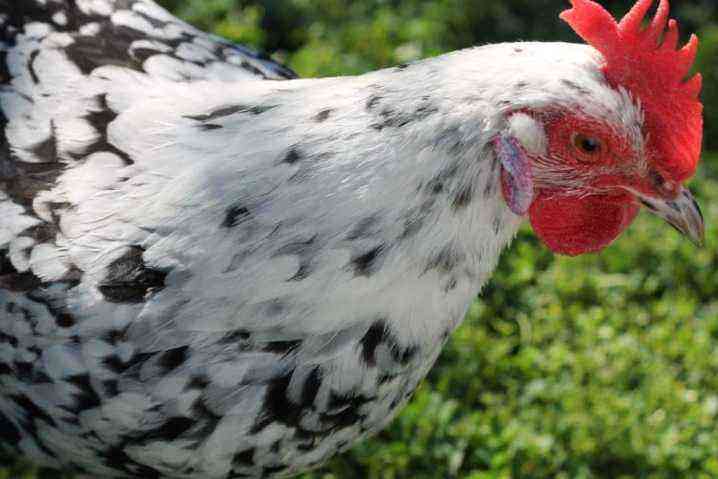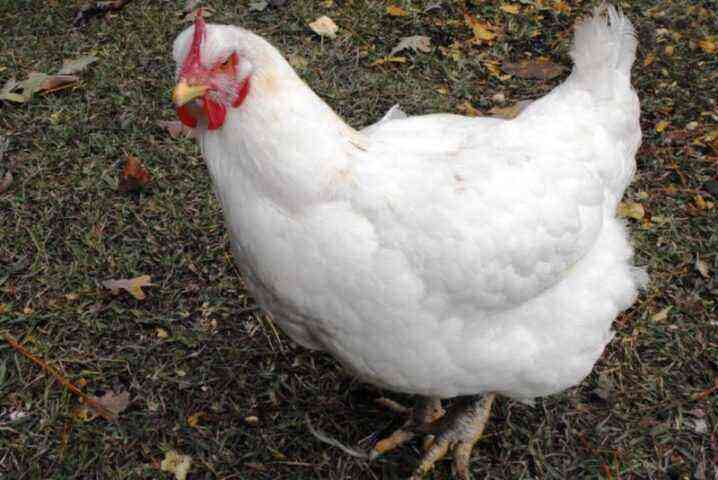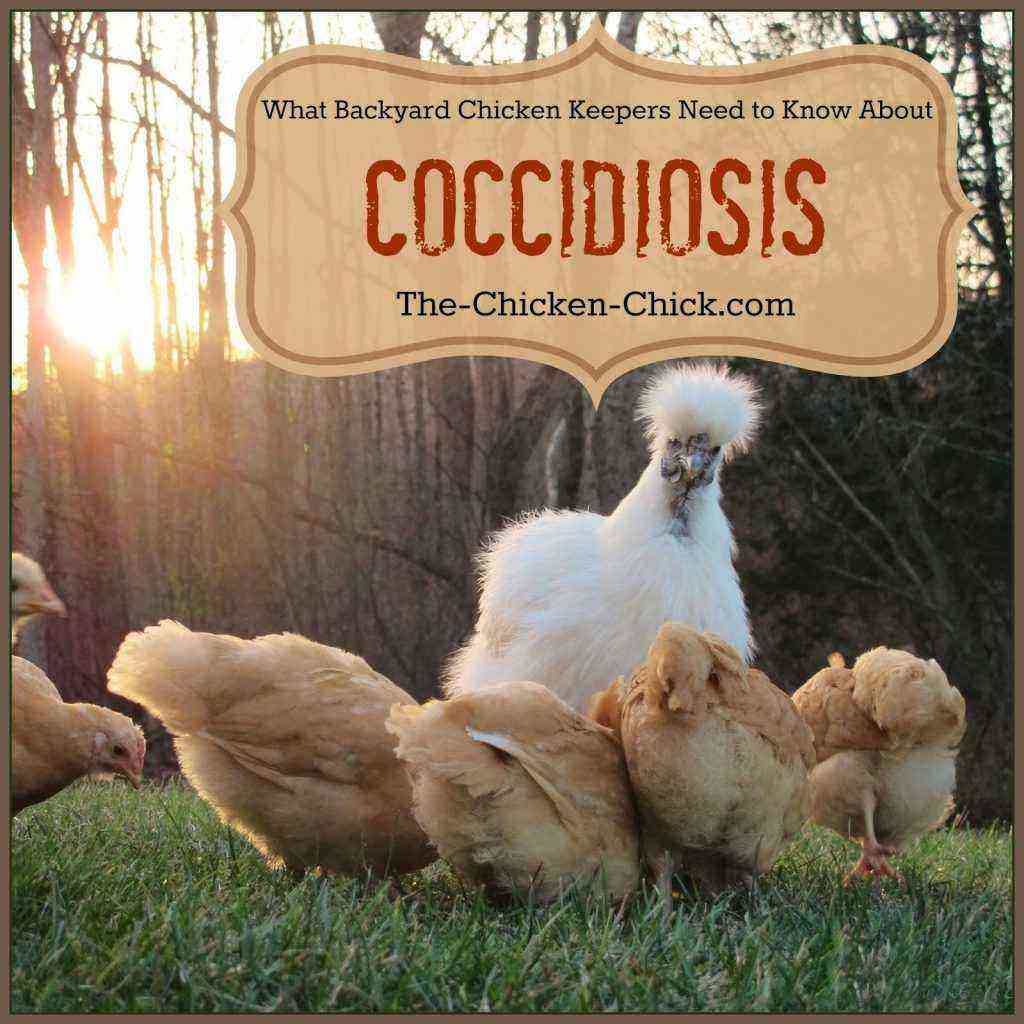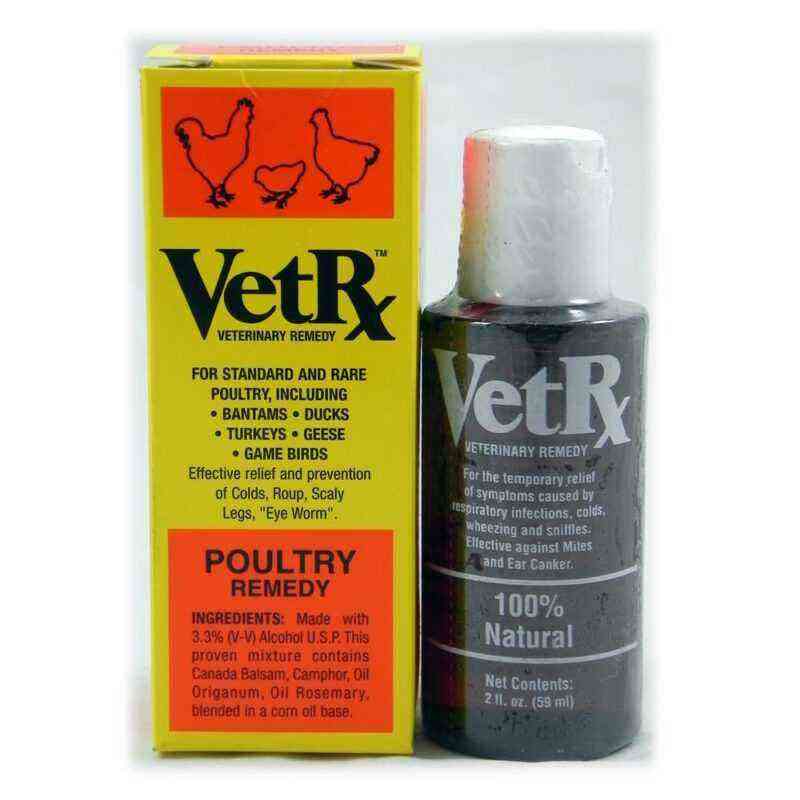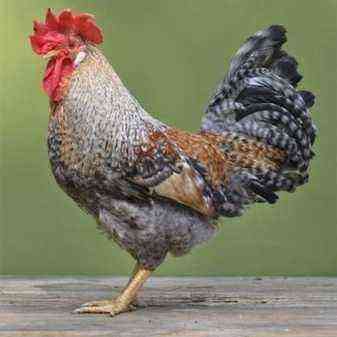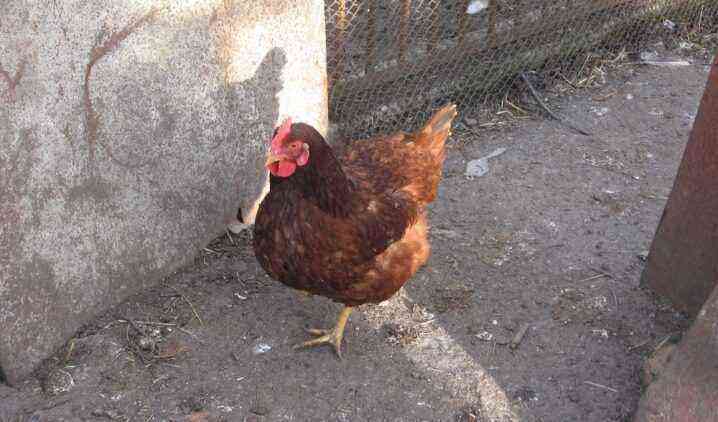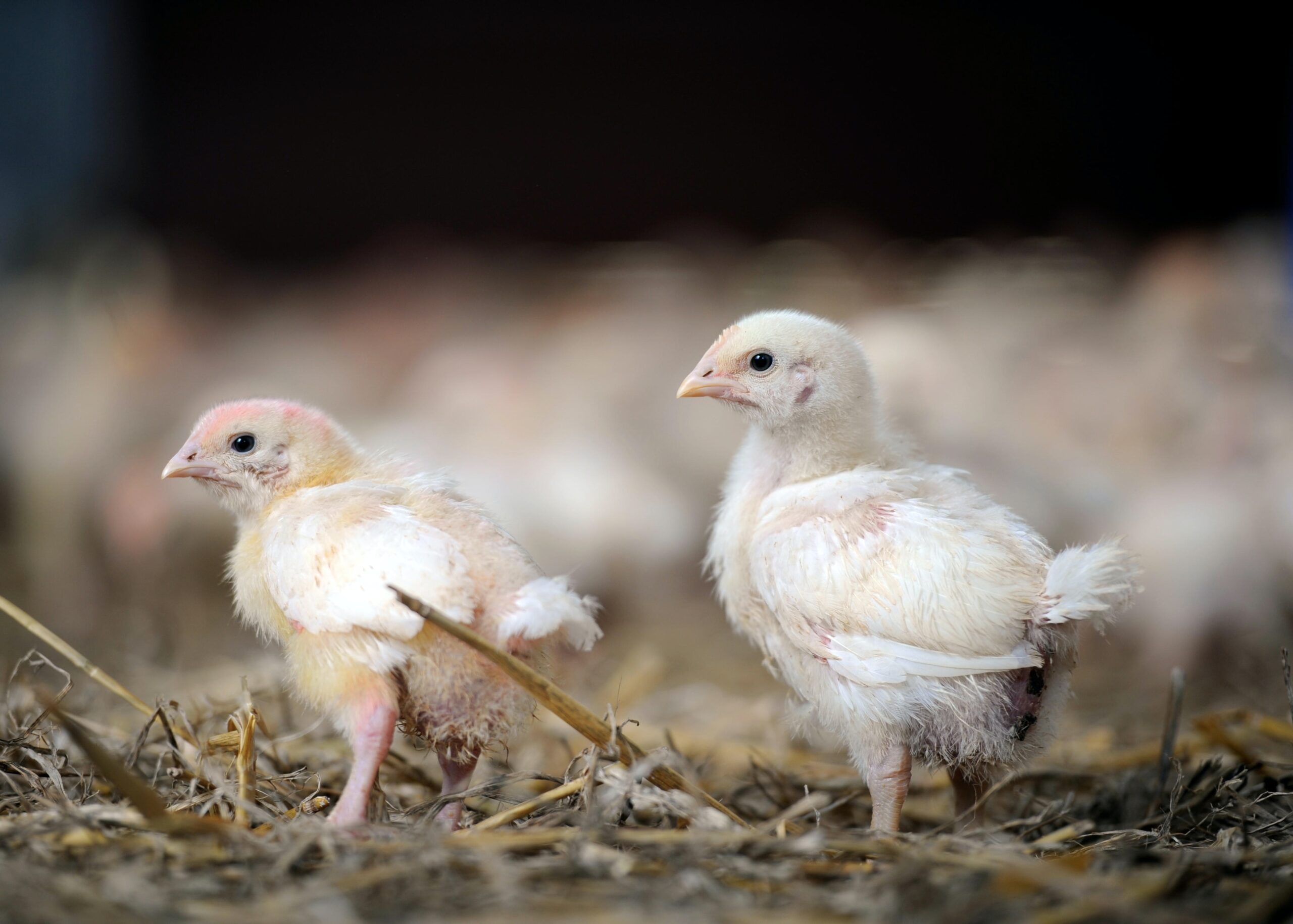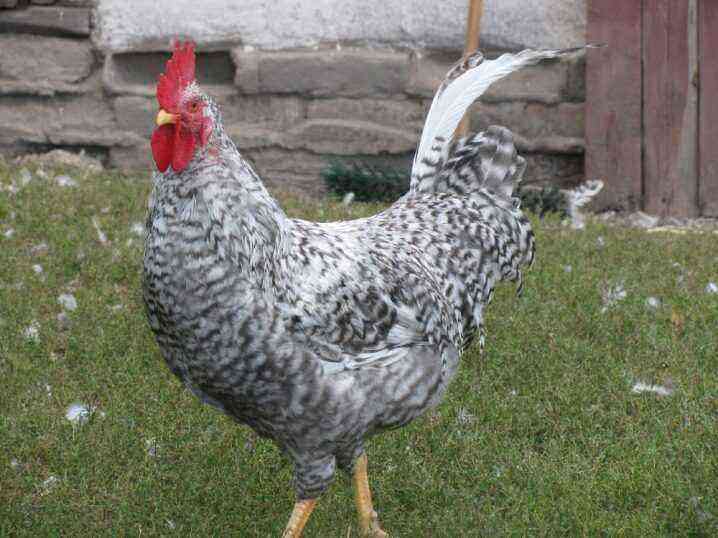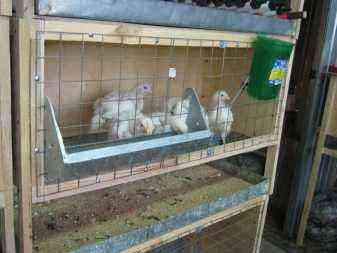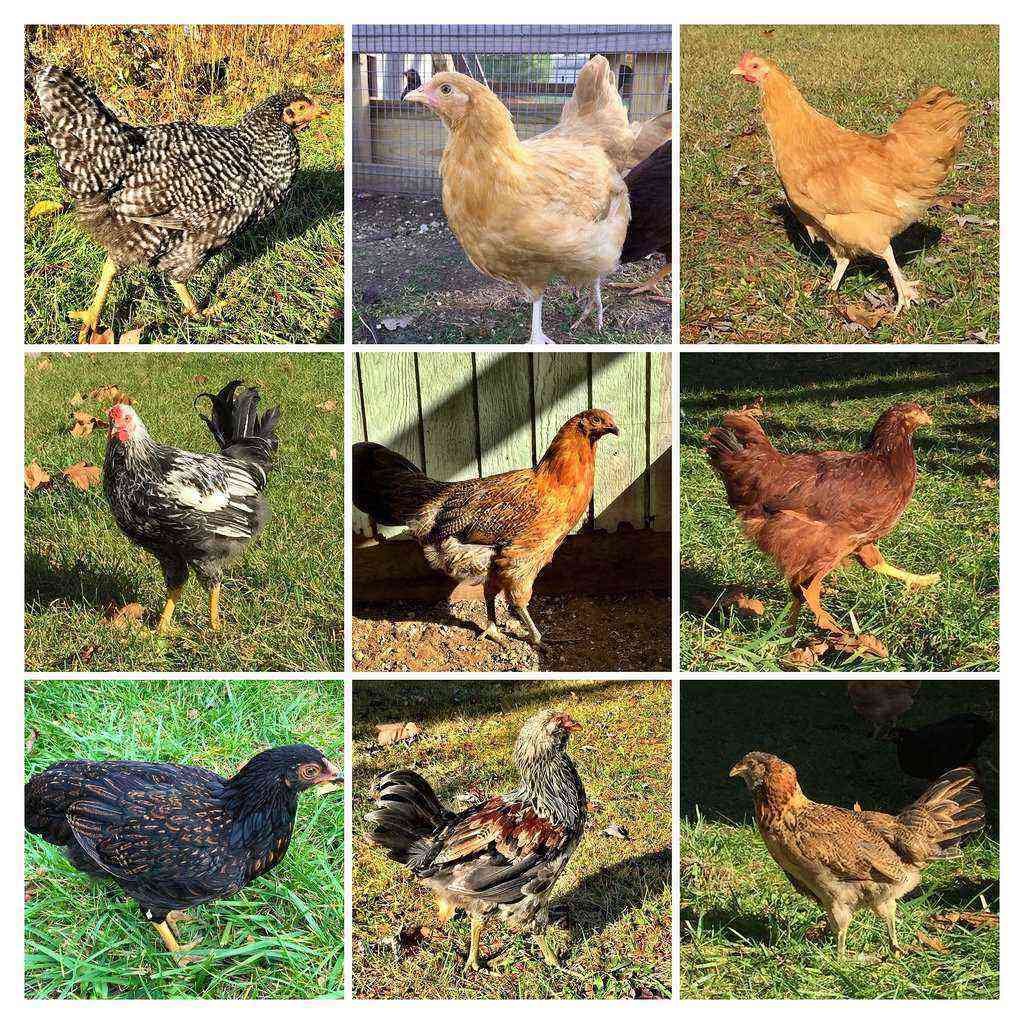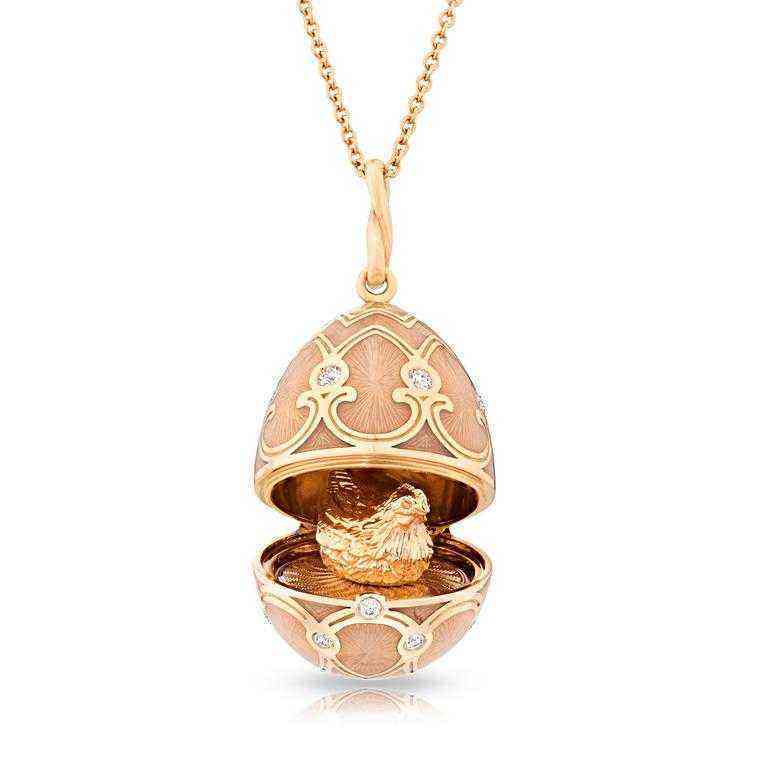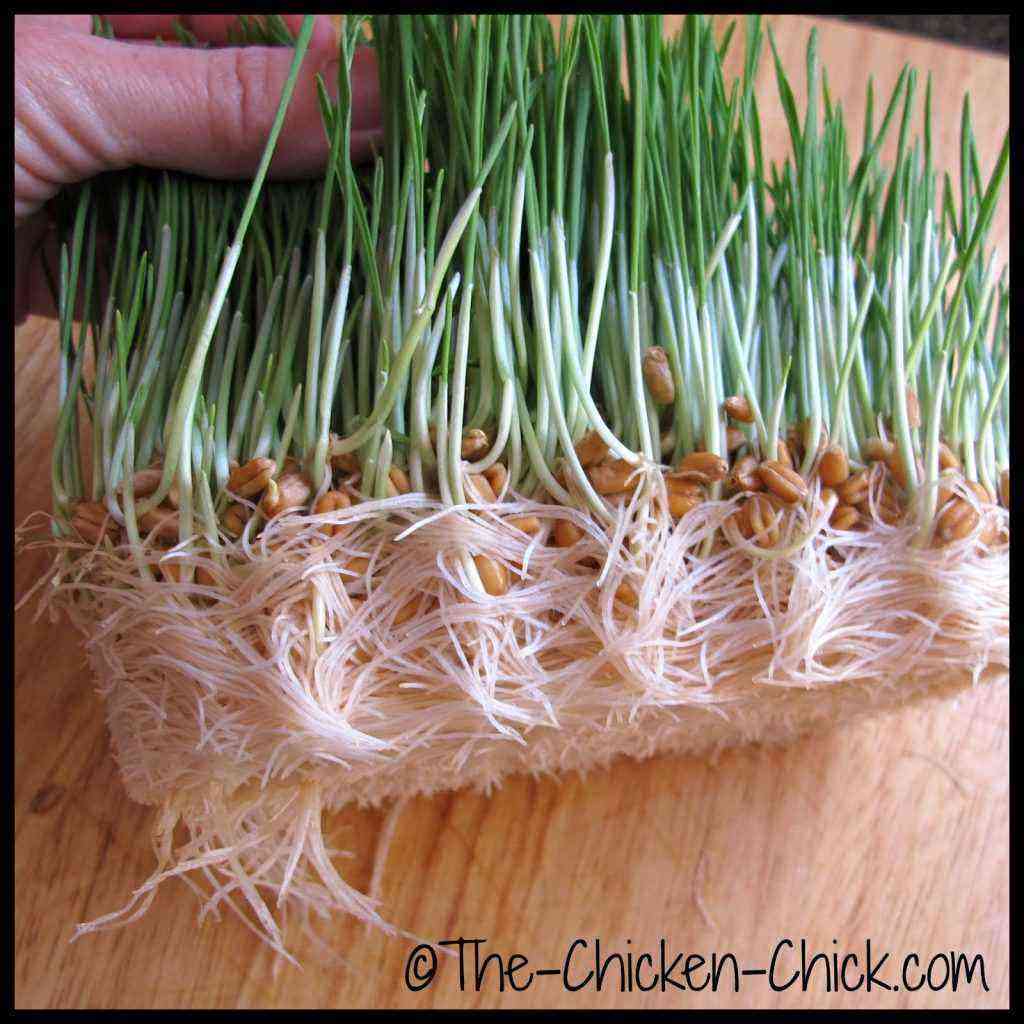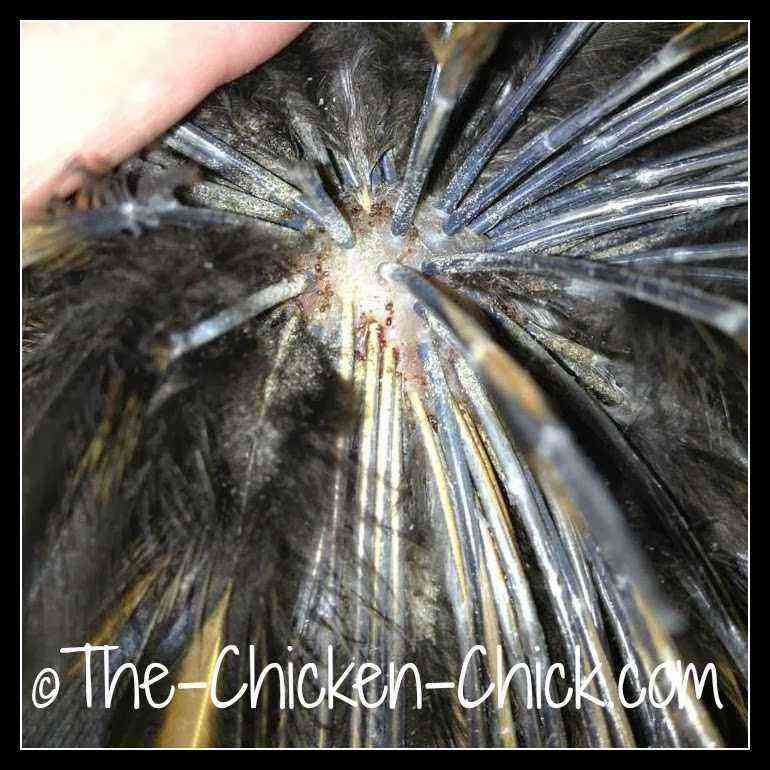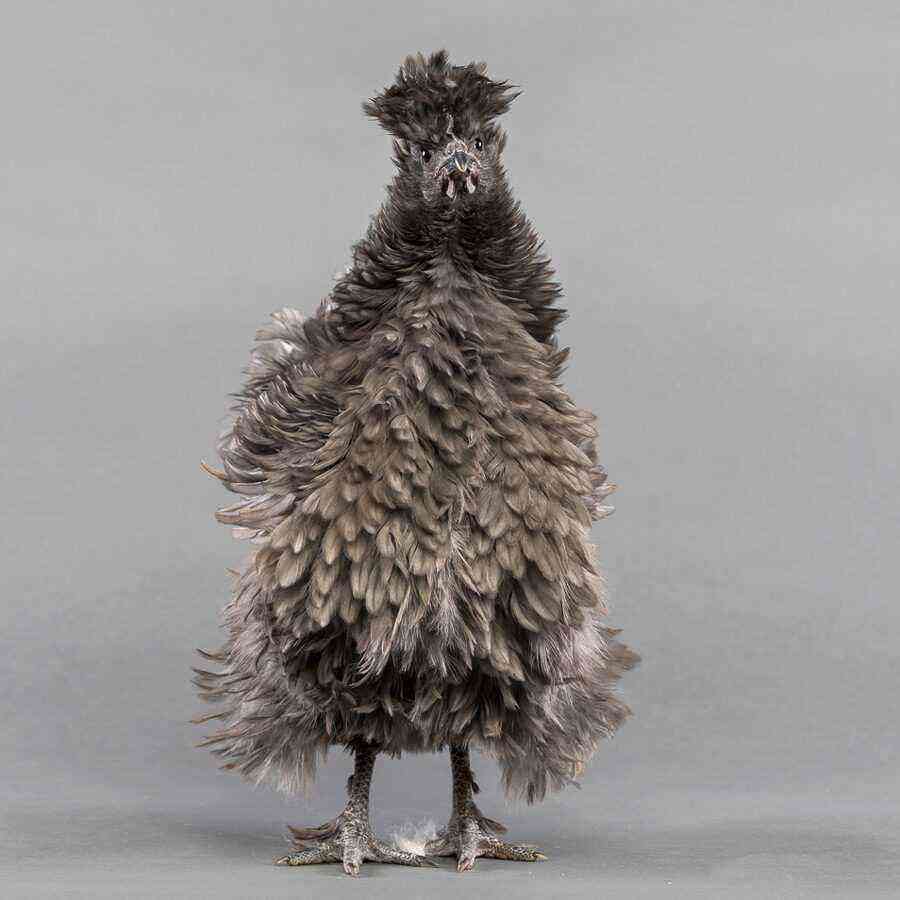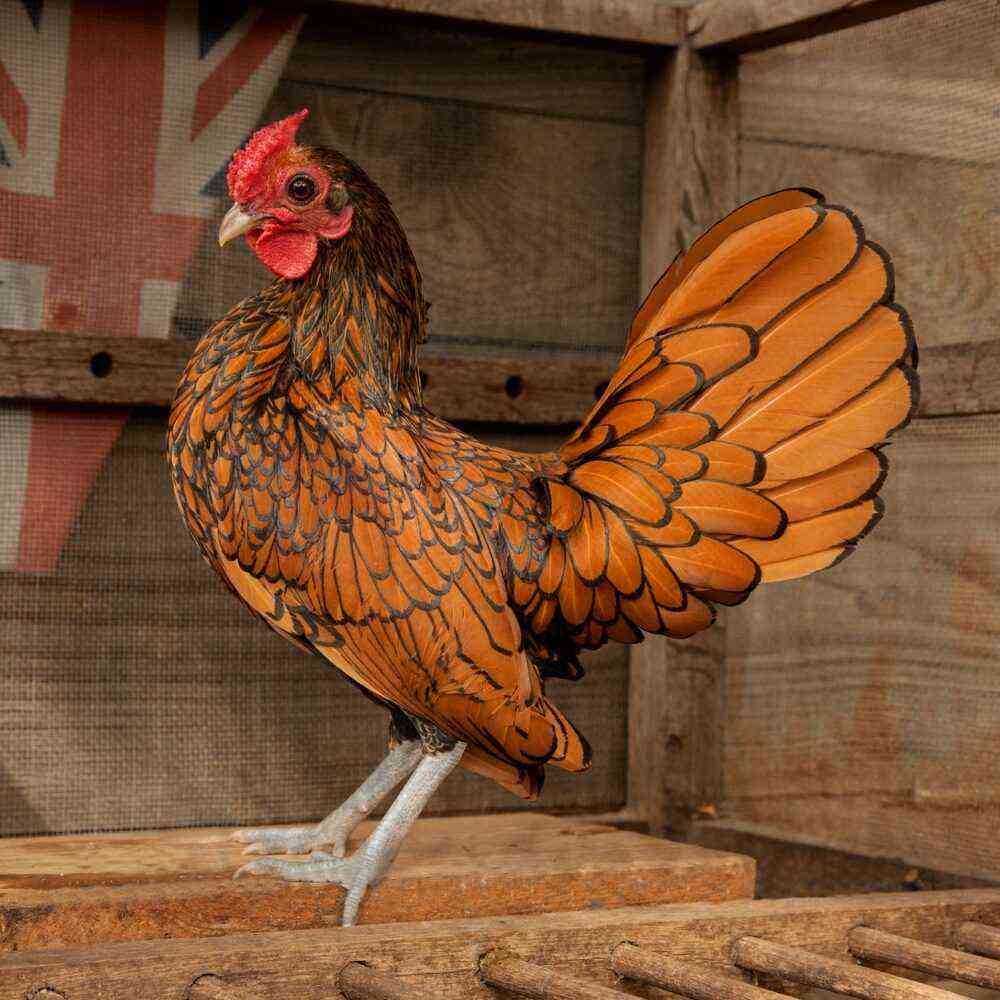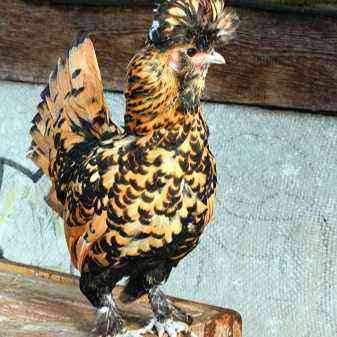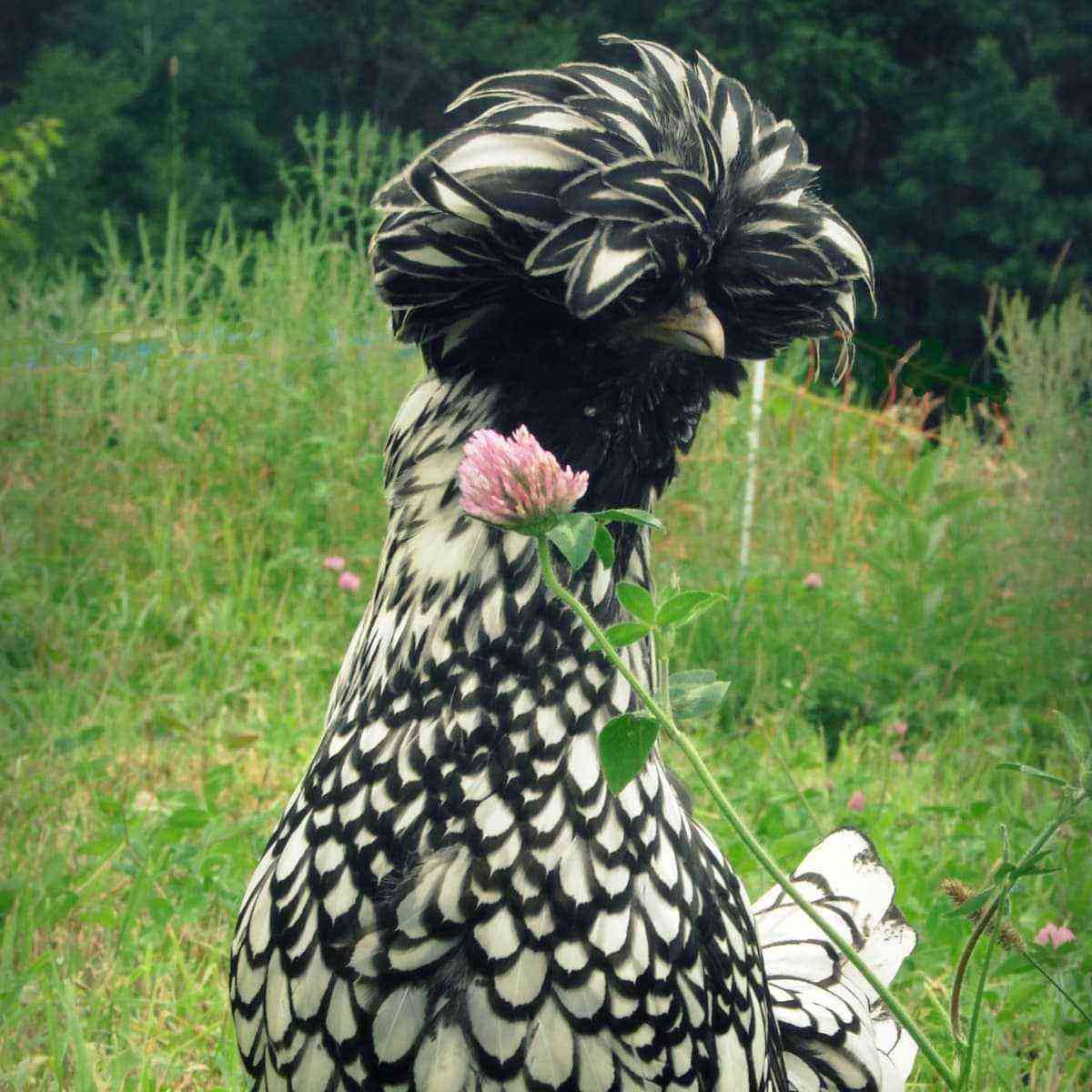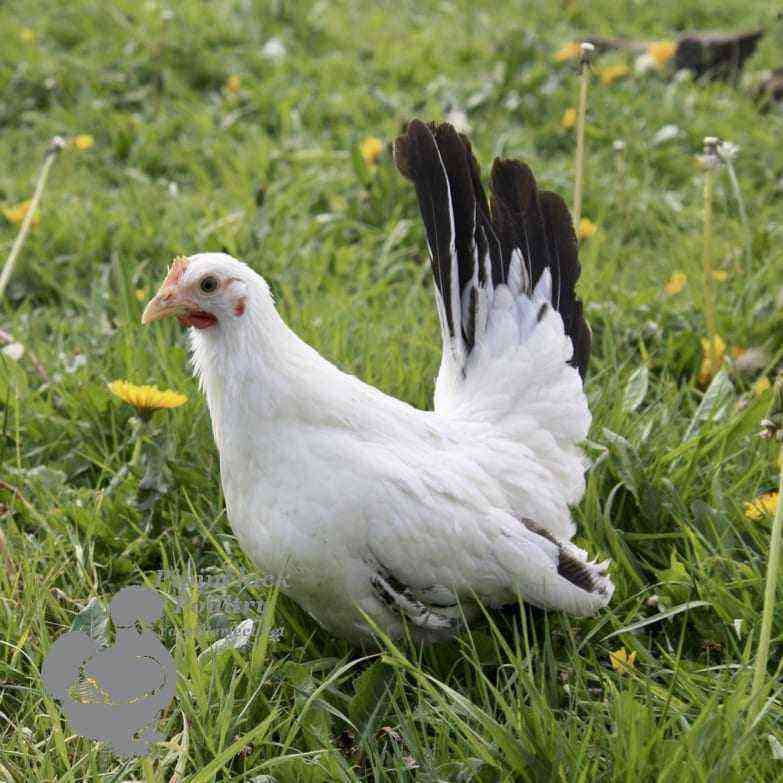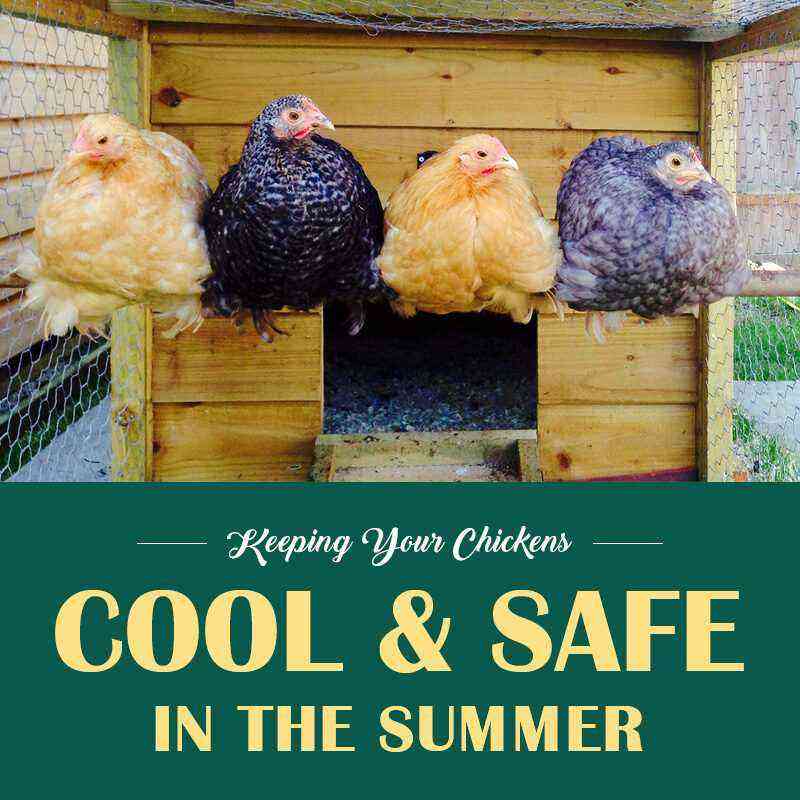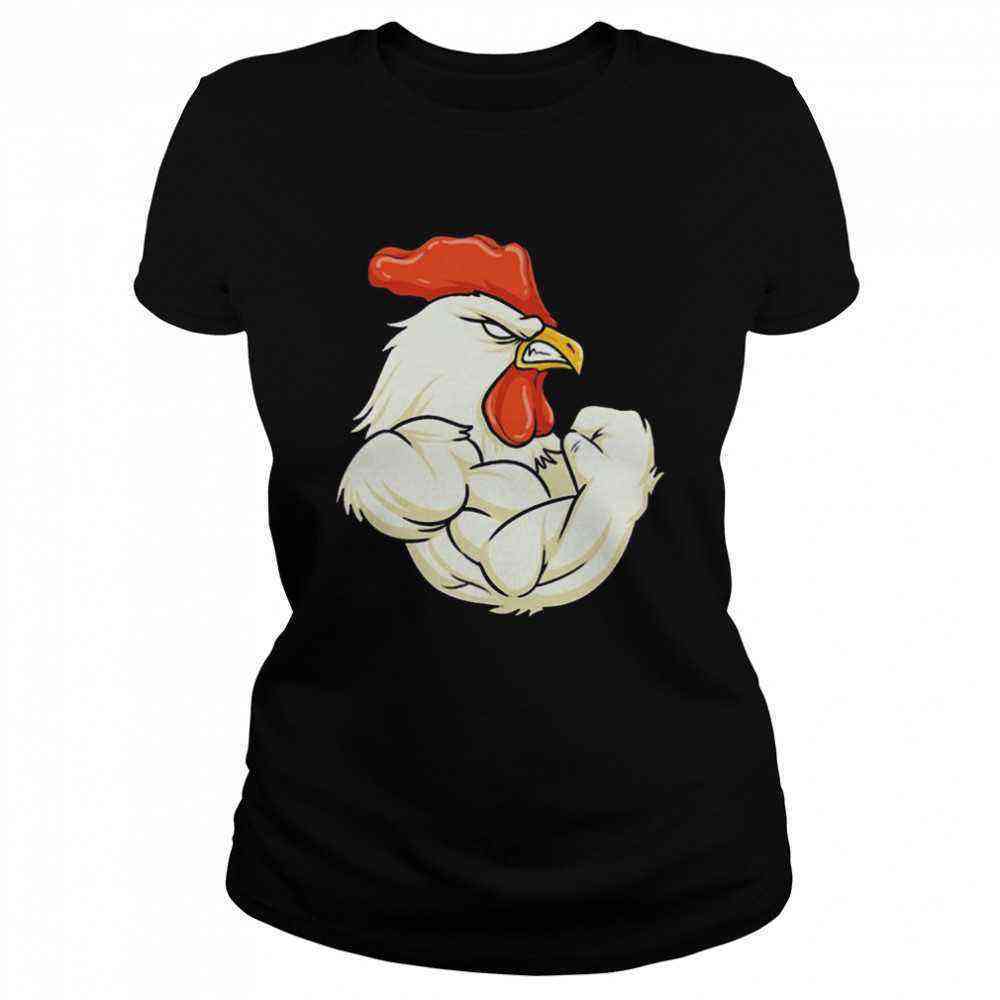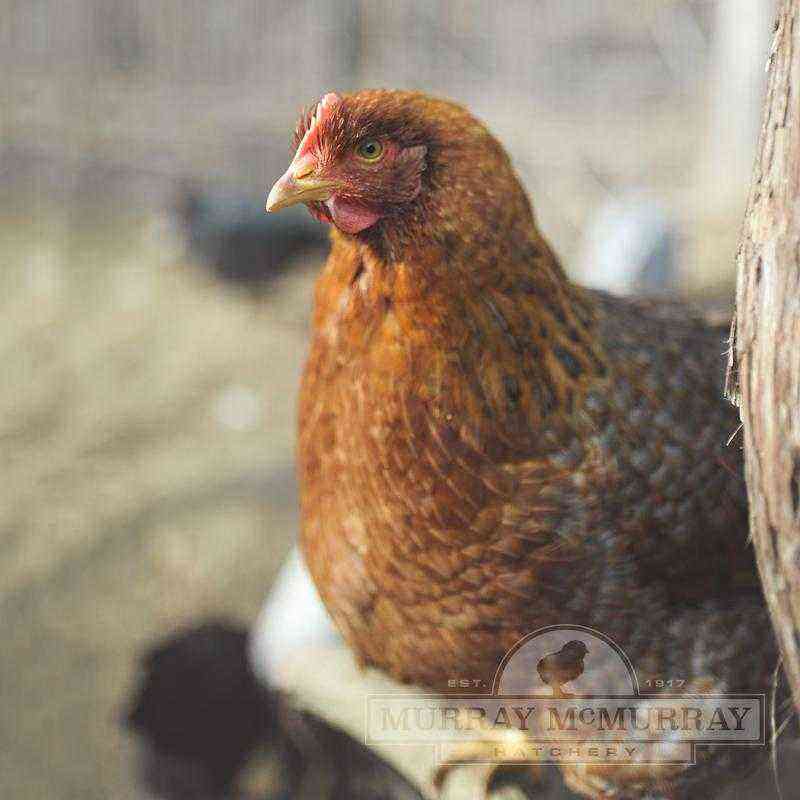In a farm of any scale, chickens occupy a leading place, since they are able to provide the breeder not only with meat, but also with egg products. Among the numerous breeds of such birds, in terms of egg production, it is worth highlighting the dekalb chickens, which are the undisputed leaders, in the light of which they are actively grown all over the world.
Inference history
The breed of this egg cross is well-deservedly popular due to its productivity, and, according to some sources, two companies located in different countries act as its creators at once. One of these is the American “Dekalb Poultry Research”, and the company “Easy” (Netherlands) also claims to be the creator. According to the name, it can be assumed that it is the first company that has the right to be called the ancestors of the poultry breed. Initially, the American manufacturer specialized in the manufacture of fertilizers and seeds, and only in the middle of the twentieth century presented the Poultry Princess to private breeders and owners of large livestock farms. That is what the bird is called in narrow circles of breeders.
The main goal pursued by breeders when breeding dekalb chickens was the high egg production of laying hens. As a result, the birds began to show good productivity indicators, where, along with the number of eggs, their size and weight also became remarkable. Today, work on improving the breed has not been completed, which will be considered an indisputable plus for breeders, since such birds may demonstrate other high productivity indicators in the future. Now it is Dekalb Poultry Research that is the official supplier of birds.
Description
Today, there are two main varieties of this breed of birds. Their division occurs according to the color of the plumage, so the birds are conditionally classified into dekalb white and brown. Based on the productive characteristics, they have the same indicators, however, white chickens in the farm are still much more common. Almost nothing distinguishes a bird of this breed from other individuals found on farms and in private households, so it is quite easy to confuse it with other laying hens with white plumage.
White and Brown are similar in body structure, the birds of this breed will be large, with a muscular physique and a small head, planted on a massive but short neck. The chest of roosters and birds protrudes forward, the back is of medium size. The limbs of dekalbs are short, but rather stable, colored yellow, there are four fingers on each paw. The color of the pupils in chickens is predominantly dark, usually red-brown. A sexually mature female bird will weigh in the region of two kilograms, while roosters are usually 500-800 grams heavier. Such modest numbers indicate the direction of the breed, which is the incubation of eggs.
The wings of birds are small, but long, tightly pressed to the body. The breed is not distinguished by high rates of decorative attractiveness, this is especially evident in the active phase of laying hens. At these moments, individuals look rather painful, this affects primarily the plumage.
This phenomenon is due to the depletion of the body. As for the character, dekalb chickens are non-aggressive, therefore they develop well in close proximity to other birds. The only point concerning the psyche of chickens is a very difficult adaptation to new living conditions., which may be fraught with loss of egg production for some time. The productivity of the breed is about three hundred eggs per year. This is considered one of the highest rates among representatives of other breeds of egg orientation. The average weight of one egg varies between 60-65 grams, the color of the shell can be different, depending on the color of the plumage of the bird. As a rule, hens are able to rush already at the age of 4-5 months.
A breeder who plans to breed dekalbs should be aware that birds experience decreases in activity, and even completely unproductive periods. Such phenomena are most often associated with the molting phase. In order for this process to be completed without loss and as quickly as possible, the farmer can resort to the following manipulations.
- When keeping birds, it is worth reducing daylight hours to two hours a day. Then leave the chickens without food for a couple of days, offering only water.
- Then gradually increase the time of access of light to the chicken coop for half an hour a day, returning the daily rate of food consumed to the usual framework.
As practice shows, this will significantly reduce the unproductive phase. After the plumage of the birds is restored and renewed, they will begin to rush again.
Advantages and disadvantages
Despite the great demand, dekalb chickens have their strengths and weaknesses. Consider the virtues of birds.
- First of all, the main characteristic feature of laying hens is noted – productivity in terms of obtaining eggs. In addition, even in a young hen, eggs stand out for their size.
- In chickens, puberty occurs quite early, which allows you to regularly increase the number of birds in the hen house.
- Birds of this breed do not need mandatory walking, so they are sometimes kept in small cages.
- Other birds can be kept together with decalbs, as they are not prone to aggressive behavior, do not start fights and quarrels.
- In general, the conditions for growing American laying hens are not associated with any difficulties, so the breed is very common in large and small farms.
Among the minuses, it is worth paying attention to the following features.
- Laying hens of the breed are not endowed with the instinct of incubation. This may present some problems in terms of increasing the number of birds. The breeder should find in advance a hen from birds of other breeds.
- Chickens do not remain productive for long.
- Livestock will have to be updated every 24 months. This is due to the unprofitability of further maintenance of birds, the productivity of which will fall sharply.
How to choose?
This breed is recommended to be chosen by novice farmers who are pursuing the goal of obtaining a large number of good quality eggs at minimal maintenance costs. Acquire, as a rule, chickens or eggs, for further cultivation in an incubator. In order not to make a mistake with the purchase, it is necessary to carefully approach the selection of a poultry supplier, to make sure that all sanitary standards regarding the keeping of chickens are observed. The purchase of decalbs on the spontaneous market should be abandoned, since there is a possibility that under the guise of productive birds with high egg production, chickens of a completely different, less productive breed will be bought.
chick breeding
Since the instinct of incubation in dekalbs is very poorly developed, a breeder will need to acquire an incubator to breed birds on their own. The second option to get new laying hens will be laying eggs for hens with a well-developed hatching instinct. However, in the context of small farms, this is not always possible. In general, the eggs of this breed, in addition to their large size, stand out among dekalbs for their high productivity rates. That is, from almost everyone you can get a healthy chick. On average, this figure is 95%.
As practice shows, when using an incubator, this feature is reduced to 80-85%, so they prefer to lay eggs on other laying hens. Eggs are laid in the incubator, which are no more than 5 days old, without defects. To exclude various developmental anomalies, it is not recommended for a breeder to take eggs from young birds, it is best to select parents from decalbs that have been laying for more than 90 days. This feature is explained by the fact that the eggs of young chickens will be infertile, since puberty in American hybrids is distinguished by its slow pace.
Three weeks later, the chickens in the incubator are born, but the process itself and its duration largely depend on the temperature regime and the created air humidity. Before laying eggs, they are inspected, treated with disinfectants. The optimum humidity level will be 60%, the air temperature should not exceed natural conditions too much, since overheated chickens, although they will hatch before anyone else, will have very weak immunity. And from underheated eggs, birds can appear with serious problems regarding the healing of the umbilical cord.
After the chickens appear, they should be provided with special conditions for one and a half weeks. For the first five days, the entire brood is recommended to be placed in a wooden box, you can use plain paper as a bedding, cover the top with a grate. The young animals will not need additional bedding, since there is a high probability that the birds will damage their fragile and rather sensitive limbs about it.
Chickens need to be fed millet or corn grits. At night, the birds need to provide additional heating. For these purposes, it would be more correct to use infrared lamps. During the day, young animals are allowed to be taken out to fresh air, subject to a comfortable temperature. In the first weeks, the best thermometer readings will be at +30 degrees. Every day, the air temperature in the room can be slightly lowered, and when the chickens reach the age of one month, the lower temperature threshold is considered to be in the region of + 18-20 degrees.
After the young animals are 10-12 days old, feed can be gradually introduced into the diet, which should contain at least 20% protein. It is also welcome to introduce chopped greens, fish oil and root crops into the bird menu. Birds are kept in a small separate corral in a ventilated room without drafts, as they grow up they can be transferred to open-air aviaries.
Content
There are certain requirements for raising egg breed chickens. For dekalbs, a spacious chicken coop is needed, in which there will be no more than 5 birds per square meter. This eliminates the possibility that the birds will suffer from a lack of heat in the winter. The floor in the chicken coop can be earthen, concrete or wooden. As an additional coating, you can use peat, straw or sawdust. On the south side, it is recommended to equip a hole for birds, its height should not be more than half a meter.
There can be no drafts in the room. For ventilation, it will be enough to equip several windows; when keeping a large number of birds, farmers are advised to use mechanical ventilation with an exhaust hood and a pipe. In winter, the lack of sunlight is compensated by incandescent lamps, which are also able to additionally heat the room. The optimal length of daylight hours is considered to be 15 hours. This guarantees dekalb eggs in the winter.
For every 10 hens, at least 3 nests should be made in the chicken coop, they must be placed at a height of no more than one meter from the floor, in several tiers. The mass of birds does not differ in serious indicators, so this placement will be the most successful.
The coop will require regular cleaning, especially around perches., negligent attitude to hygiene on the part of the breeder can lead to the spread of various infectious diseases. Drinking bowls with clean water will be mandatory in the room. These can be ordinary liquid containers or nipple-type drinkers for birds. For chickens, you should also make an ash pan in which they can clean their plumage from parasites. It is recommended to feed the bird at least 4 times a day, avoiding large intervals between meals. The diet of the egg breed should contain grain feed, fresh herbs, as well as foods enriched with calcium. Salt, fishmeal and yeast are also added to the bird feed.
Diseases, their prevention and treatment
The breed can suffer from infectious and non-contagious ailments. The weak point of chickens is the deficiency of vitamins in the light of high productivity. Lack of trace elements and vitamins can provoke the development of rickets and delayed plumage. Also, birds are prone to pecking, the reason for this will be malnutrition or maintenance errors: too bright lighting, lack of walking.
If you find that the chicken is sick, it should be isolated, and then look for the cause. Among the most dangerous diseases, it is worth noting tuberculosis, salmonellosis, listeriosis, pasteurellosis, leptospirosis. These ailments are almost impossible to cure, so these chickens are sent for slaughter. Their meat is not recommended. To protect yourself from such misfortunes, the breeder should do several things:
- observe the hygiene of the chicken coop;
- properly feed chickens;
- regularly vaccinate birds;
- Collaborate with veterinarians who can quickly determine the cause of a chicken not feeling well.
Reviews
Breeders of chickens of this breed note the productivity of chickens and the large size of eggs. Among the minuses, farmers distinguish a decrease in the egg production of birds as they grow older. However, the amount of products obtained, subject to the content of a large number of decalbs, compensates for this disadvantage.
For information on how to properly care for the breed of dekalb chickens, see the following video.
